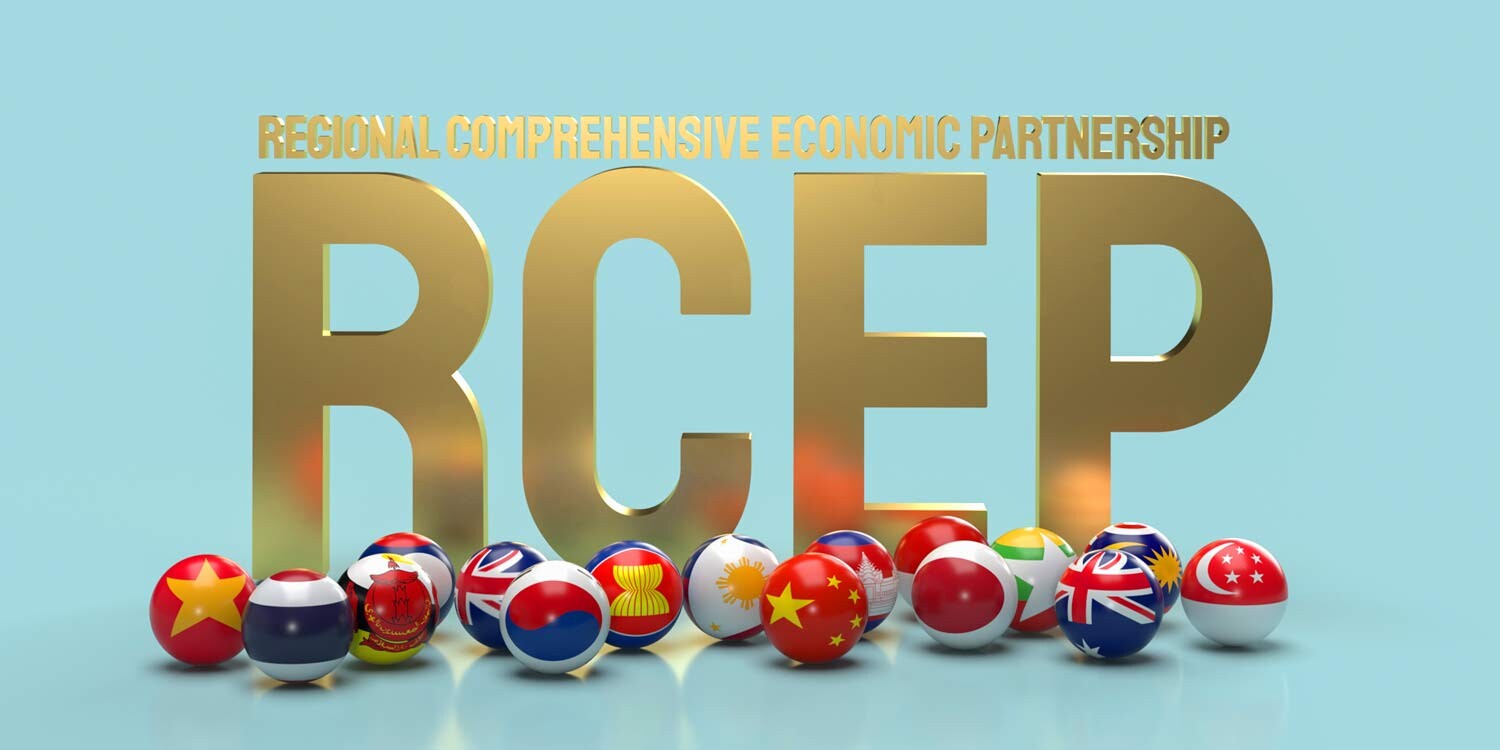
RCEP trade automation: preparing and streamlining customs processes
How will the RCEP affect logistics and commerce companies in the signatories of the agreement after implementation and how can they prepare for trade automation in 2022?

How will the RCEP affect logistics and commerce companies in the signatories of the agreement after implementation and how can they prepare for trade automation in 2022?
On January 1, 2022, the Regional Comprehensive Economic Partnership came into force after 6 nations from the ASEAN bloc and 4 signatories from non-ASEAN states submitted Instruments of Ratification/Acceptance to the ASEAN Secretariat, by December 26, 2021.
The treaty, which is a free trade agreement between the 10 ASEAN member states and five other countries from the Asia Pacific region, is the world’s largest trade deal. The five Asia Pacific nations are Australia, China, Japan, New Zealand, and the Republic of Korea. It encompasses:
The UNCTAD report also noted that tariff concessions will boost intraregional exports of the newly formed trade bloc by approximately US$42 billion. Computer simulations published by Peterson Institute for International Economics (PIIE) also project that US$209 billion will be added to global incomes by 2030. In the same simulations, RCEP is also predicted to increase ASEAN exports by US$514 billion by 2030.
Thus, with RCEP, the ASEAN region will see an increase in trade volume. Trade patterns among the nations in the bloc will also be altered, as most of the nations in the group will see an increase in both imports and exports. Trading companies in the logistics and commerce sectors may thus experience added strain on their current infrastructures, which could lead to bottlenecks and delays.
ASEAN companies in the logistics and commerce sectors should take early steps to be ready for such a massive increase in trade, by digitizing and improving the automation of trade processes as far as possible, and to do so with haste. If trade processes are not automated and digitized quickly, companies may get overwhelmed and be unable to fully reap the benefits of RCEP.
One of the key bottlenecks in the process of international trade has always been customs and borders. With the number of processes and paperwork that surround the customs clearing procedure, significant delays could result.
An added challenge in customs management is its relatively low level of automation and digitization in Southeast Asia, where technology levels vary widely between countries. In some countries, customs processes are still paper-based. Even in countries that have the infrastructure and systems in place for automated customs, many companies have not yet come on board to plug into those systems.
With the increase expected in trade volume thanks to the RCEP, and the increasing expectation for timely shipping and delivery, there is urgency for companies to begin investing in trade automation solutions, ensuring they are as ready as possible to take advantage of, and to handle, the surge.
AEB has a wide range of solutions that will enable your company to automate and digitize its trading processes. The solutions offered by AEB allow companies in Southeast Asia and the world to automate processes and connect to international customs management systems digitally, reducing bottlenecks in the supply chain and accelerating various aspects of the importation and exportation process.
The increase in trade that comes from the implementation of RCEP will take time to reach its full effect. Nevertheless, it has already begun and trading companies around the region need to be aware and take the necessary steps to be ready for the increased demand and strain on existing shipping systems that this agreement will entail.
Trade automation is one of the most fundamental and straightforward steps companies should take in preparation for this increase and they should do so as early as possible to prevent needing to play catch-up later on. The time is now; seize it with AEB.